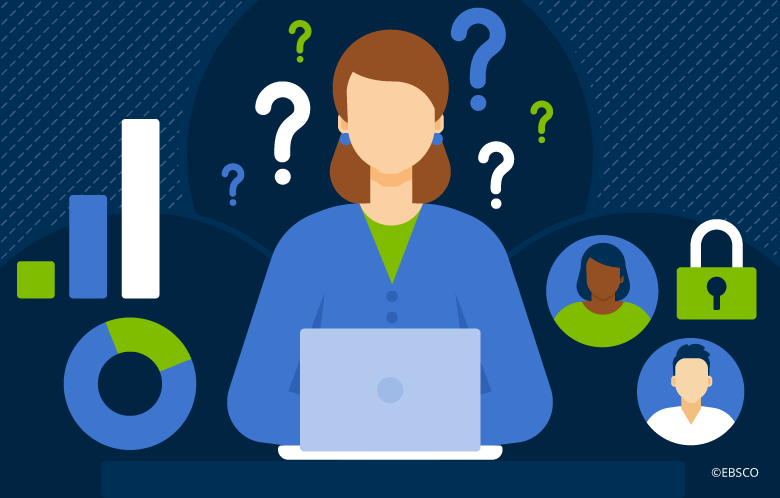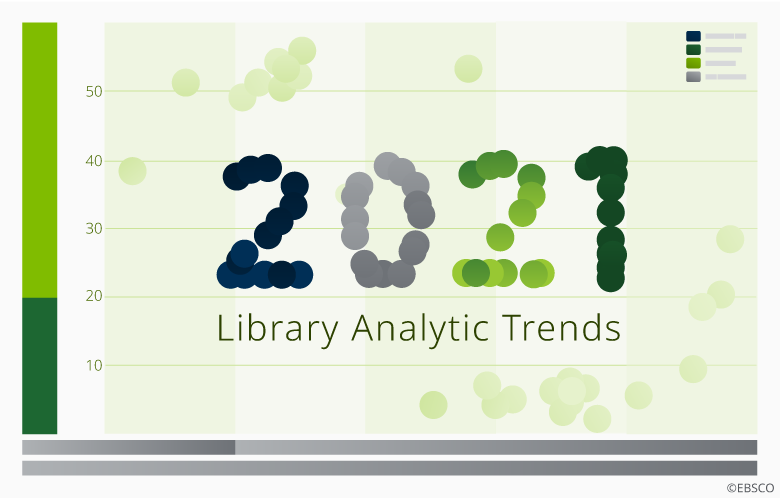The risk of not using proper data is considerable for libraries. Consider these three ideas to help capture library analytics while protecting user privacy.
Don’t Fall into the Trap of Data FOMO
We often default to thinking that the more data you have, the more accurate your reporting will be. Libraries want as much detailed data as possible to understand how people are interacting with their collections and services in order refine those offerings. The FOMO (fear of missing out) on data can cause too much information gathering and incorrect gathering of PII (personally identifiable information) to provide better insight into user behavior. As this Against the Grain article notes, aggregated cohorts or even usage trends can still provide powerful understanding over personal user interactions. Many libraries are still working on improving their library analytics strategy which includes manual processes of gathering and storing data in compromised locations, such as a local hard drive or shared folders. The more data collected, the greater the risk to the security of that data. Just because you can access specific (and sometimes personal) data to add your growing list of data sets, doesn’t necessarily mean it is going to provide you with the answer you are looking for.
Ask “So What?”
This previous blog post talks about four questions you should ask when it comes to library analytics. The most obvious and yet most overlooked is “So What?” Even though this question may appear a bit blunt and impolite, it gets to the point of proper data analysis which is — what does this data mean to you? This often cuts down on the data noise (e.g., too much data for a simple need) and creates a more telling approach to data analysis. High-quality, meaningful data can be used to demonstrate the effectiveness and influence the library has over the entire academic institution (professors and students) in addition to the library’s impact on users.
High-quality, meaningful data can be used to demonstrate the effectiveness and influence the library has over the entire academic institution rather than on users.
High-quality, meaningful data can be used to demonstrate the effectiveness and influence the library has over the entire academic institution rather than on users.
Be an Advocate for Library User Privacy
Becoming an advocate for library user privacy starts with having a basic understanding of the policies and literature that shape data privacy legislation. But this is only the beginning. Libraries should consider communicating and collaborating with different academic cohorts (think faculty, IT, Administration, and even students themselves) to understand what they define as personal information and user privacy. This can then help libraries begin to implement proper policies, procedures, and infrastructure to handle data security and continually evolve compliance efforts with user privacy. While back-end efforts can help streamline data security, front-end efforts such as communication and open information on the privacy policies can create a trusting relationship between users and the library.
With the right motivations, the right data, and the right platforms in place, library analytics can be a useful measure of success for the library and academic institution. Read more about user privacy in library analytics with our free white paper.



